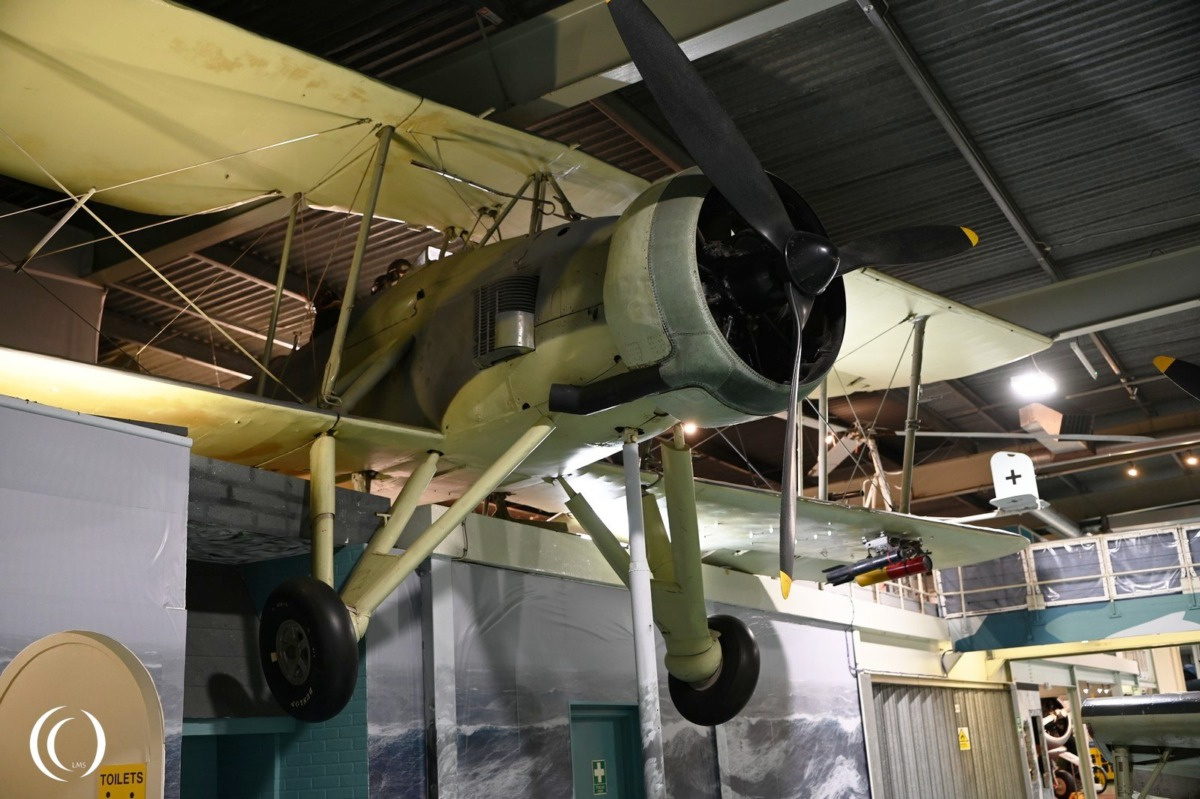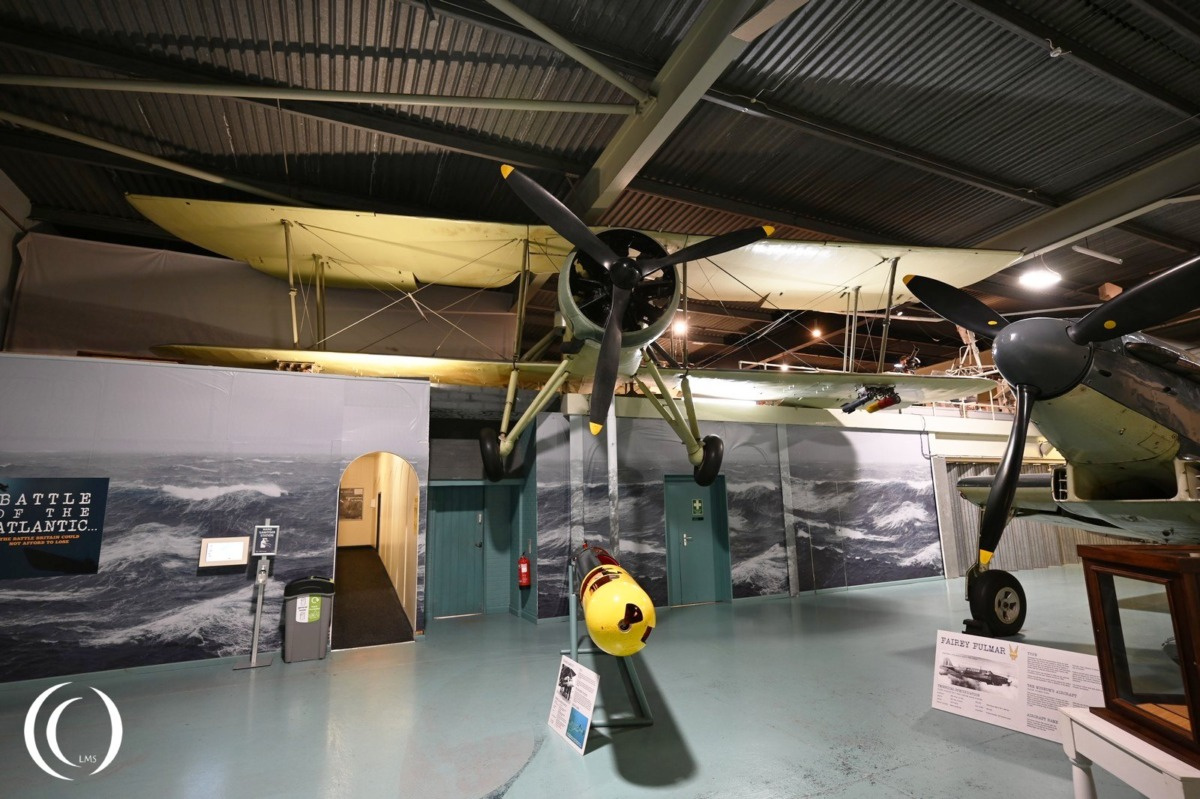
The Fairey Swordfish was a legendary British biplane torpedo bomber used by the Royal Navy’s Fleet Air Arm from the mid-1930s through World War II. Affectionately nicknamed the “Stringbag” by its crews, it was outdated even when war began but proved remarkably effective due to its reliability, rugged design, and versatility.
Powered by a Bristol Pegasus radial engine, the Swordfish had a top speed of around 139 mph (224 km/h) and was typically crewed by a pilot, observer, and rear gunner. Despite its slow speed and antiquated appearance, the Swordfish delivered some of the Royal Navy’s most dramatic victories, notably crippling the German battleship Bismarck in 1941 and leading the successful Taranto raid in 1940, which influenced Japanese tactics at Pearl Harbor.
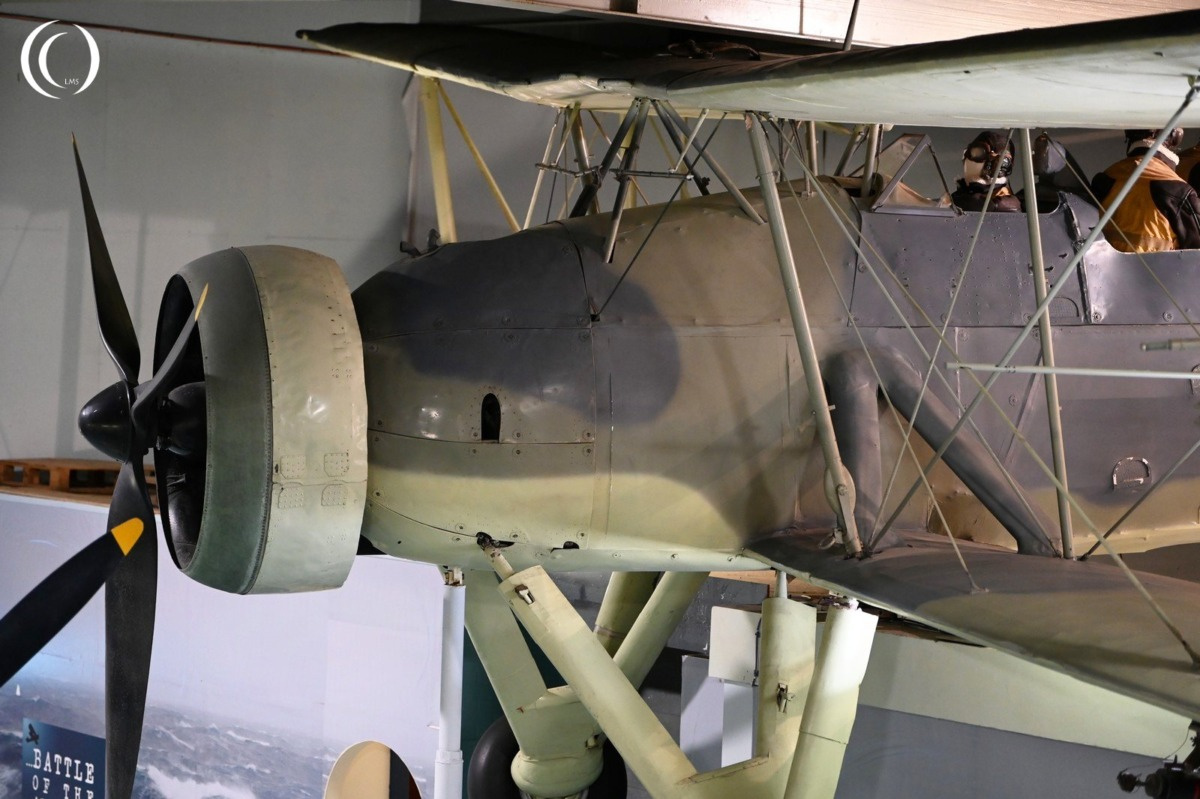
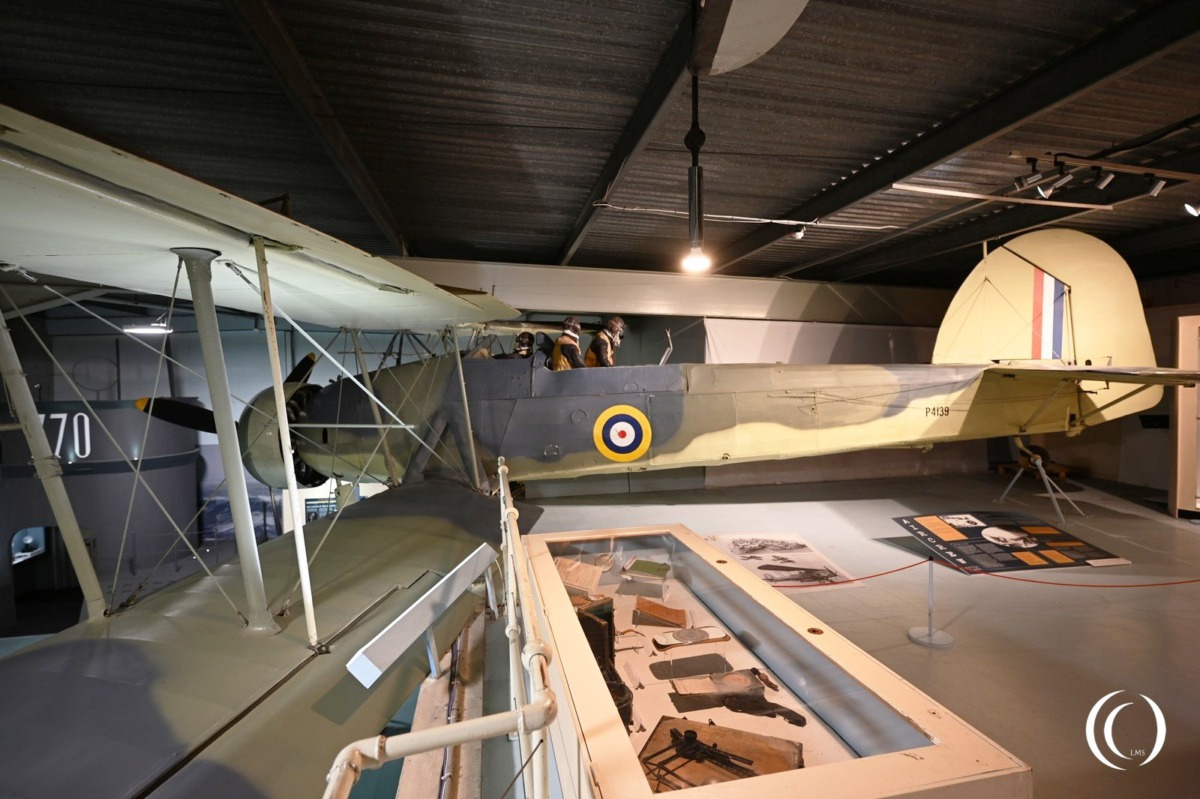
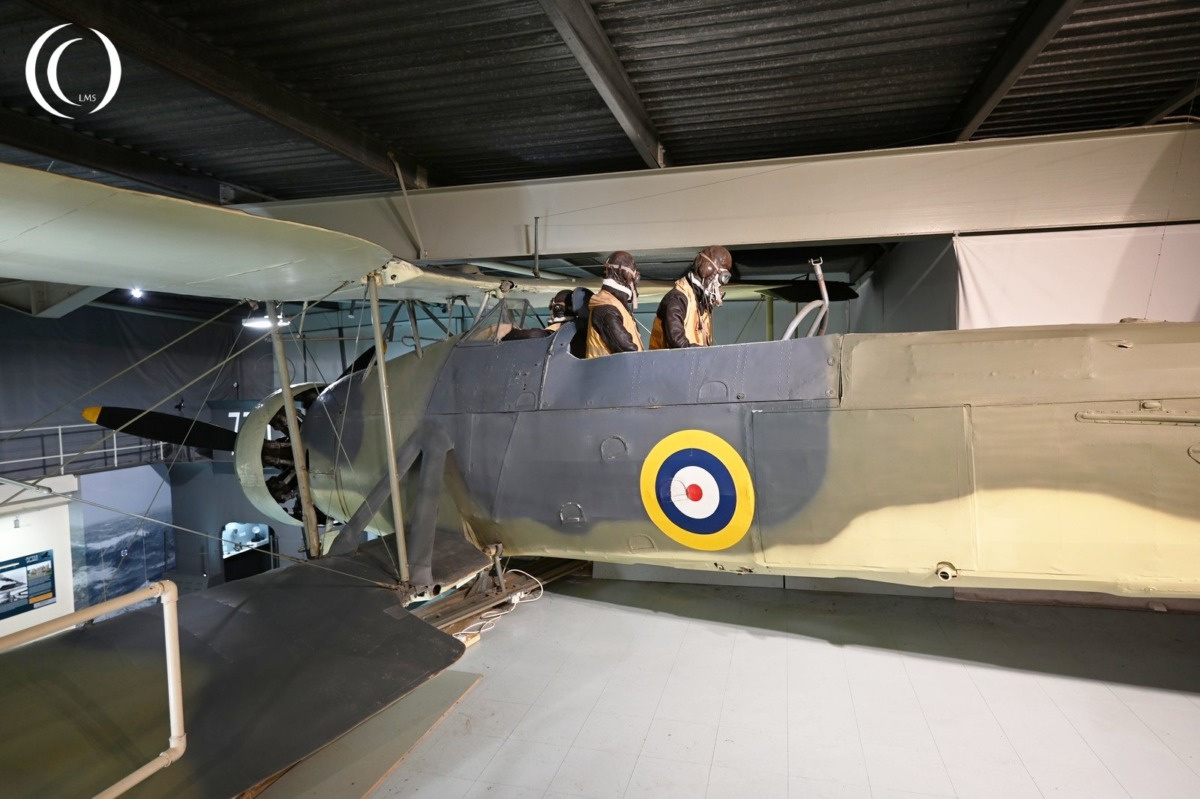
The aircraft could carry torpedoes, bombs, depth charges, and rockets, allowing it to serve in torpedo attacks, anti-submarine warfare, and convoy escort missions. Swordfish operated from both fleet carriers and small escort carriers, and even from catapult-equipped merchant ships (MAC ships).
Over 2,300 were built, and some remained in front-line service until 1945. Its legendary status endures, and a few airworthy examples still fly today, maintained by organizations like the Royal Navy Historic Flight.
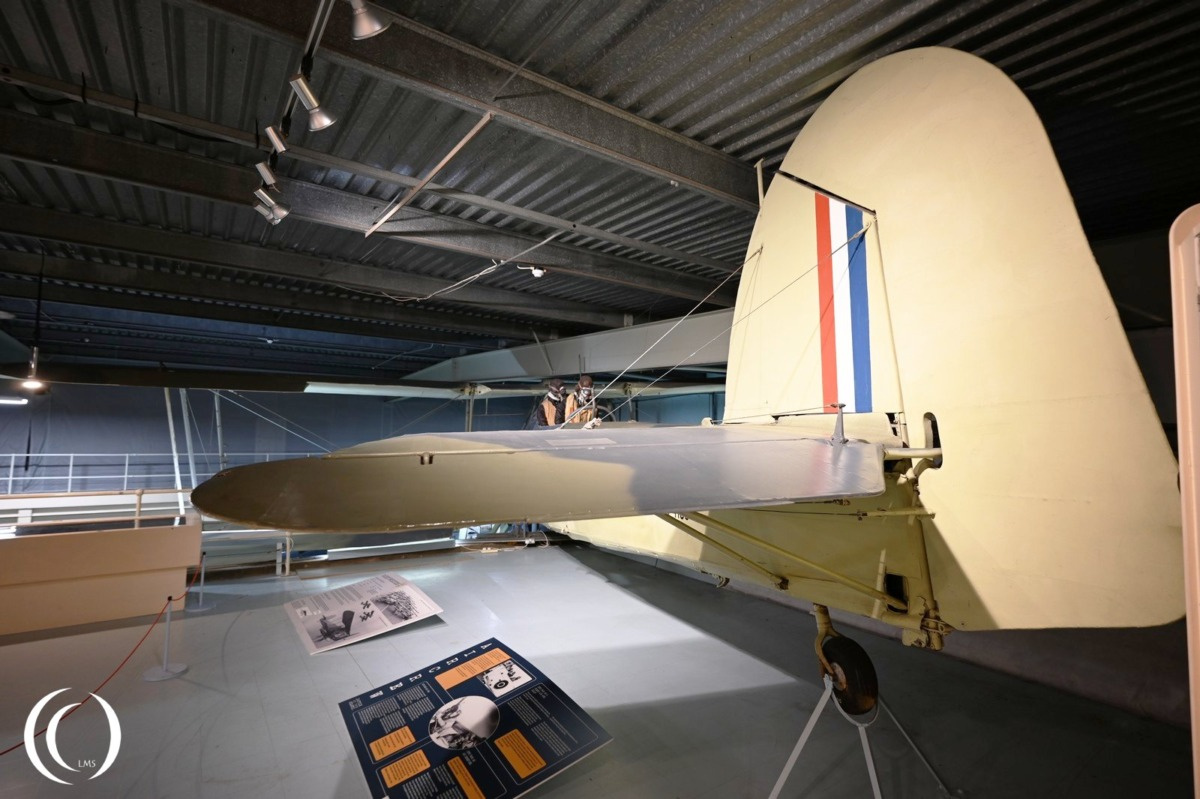

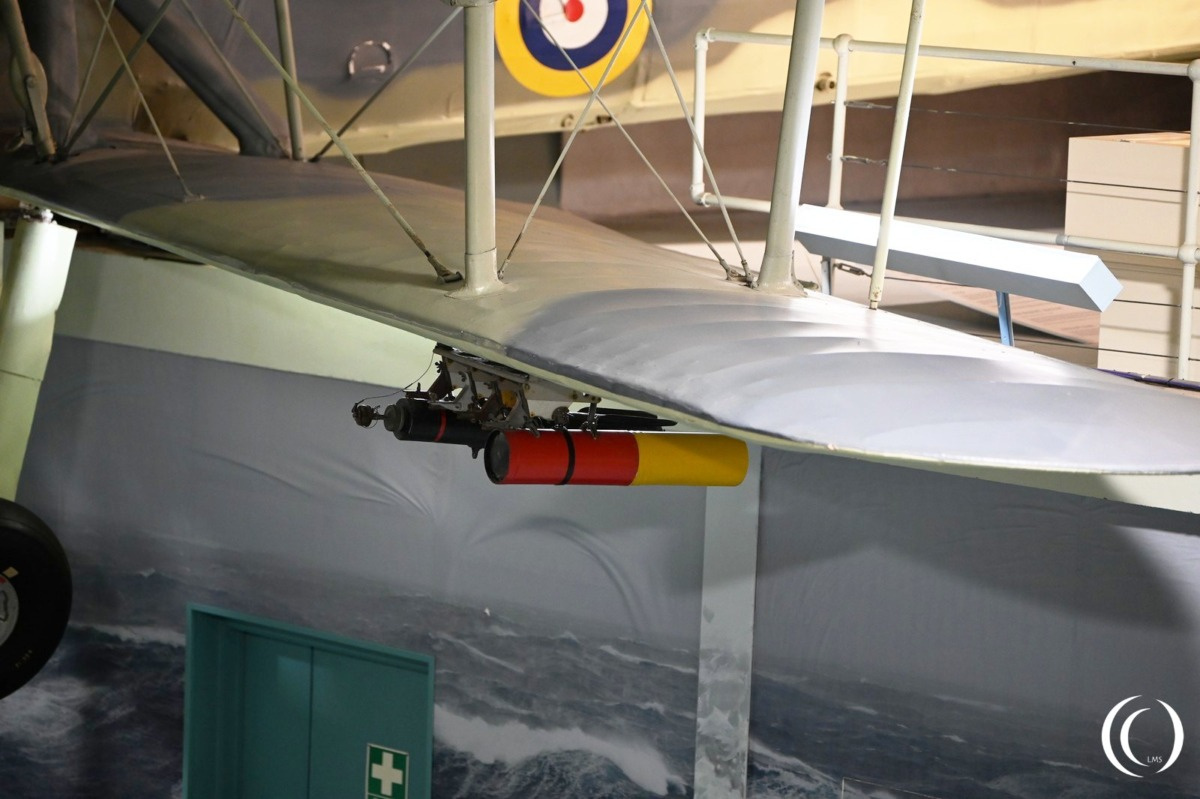
Technical Specifications
Fairey Swordfish had a crew of three, a pilot, observer, and radio operator/rear gunner although the observer’s position was frequently replaced with auxiliary fuel tank. The Swordfish had a length of 35 ft 8 in (10.87 m), a height of 12 ft 4 in (3.76 m) and a wingspan of 45 ft 6 in (13.87 m) – 17 ft 3 in (5.26 m) if its wings were folded. It was powered by a Bristol Pegasus IIIM.3 9-cylinder air-cooled radial piston engine with 690 hp giving it a top speed of 143 mph (230 km/h) with torpedo at 5,000 ft. While carying its torpedo its range was 522 mi (840 km) and it could stay airborne for 5 and a half hours.
The Swordfish was armed with one fixed, forward-firing 0.303 in (7.7 mm) Vickers machine gun in upper right fuselage. One 0.303 in (7.7 mm) Lewis or Vickers K machine gun in the rear cockpit.
From the mark 2 up (Mk. II)the aircraft could carry eight underwing 60 lb RP-3 rocket projectiles. The plane could carry a load of 1,670 lb (760 kg) torpedo or 1,500 lb (700 kg) mine under fuselage or 1,500 lb total of bombs under fuselage and wings.
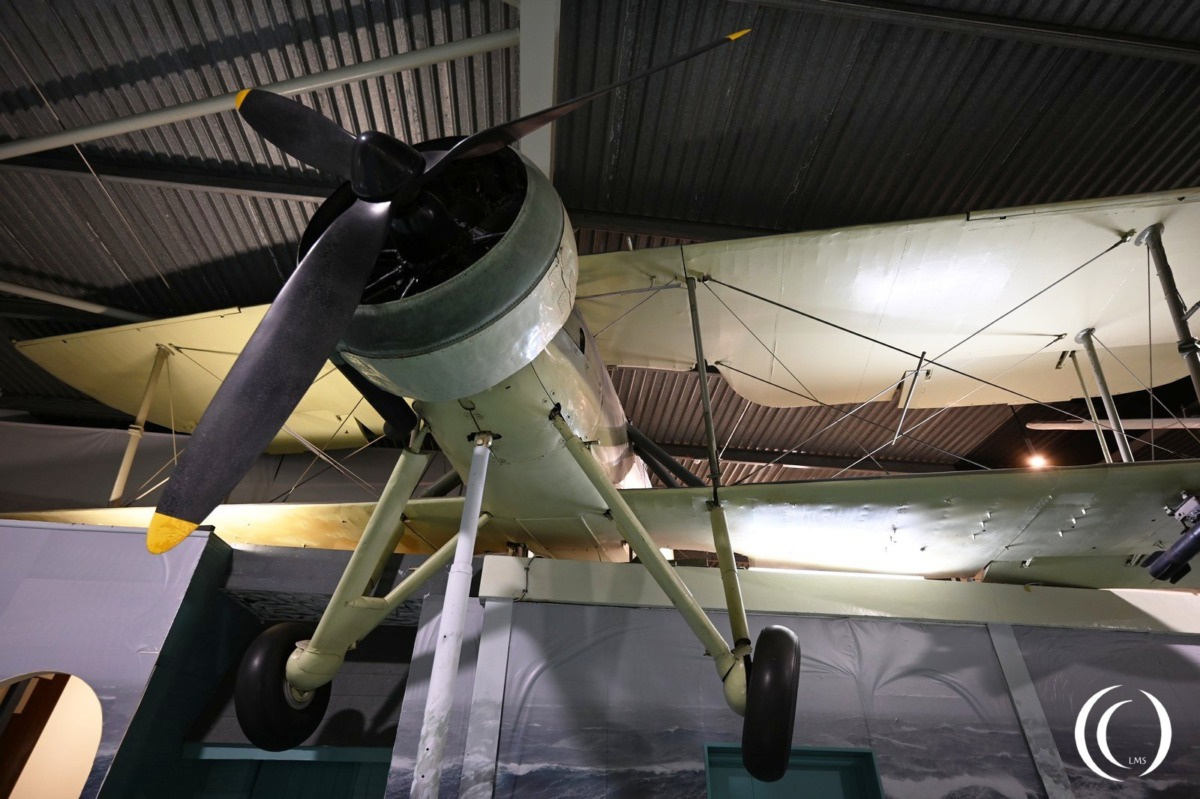
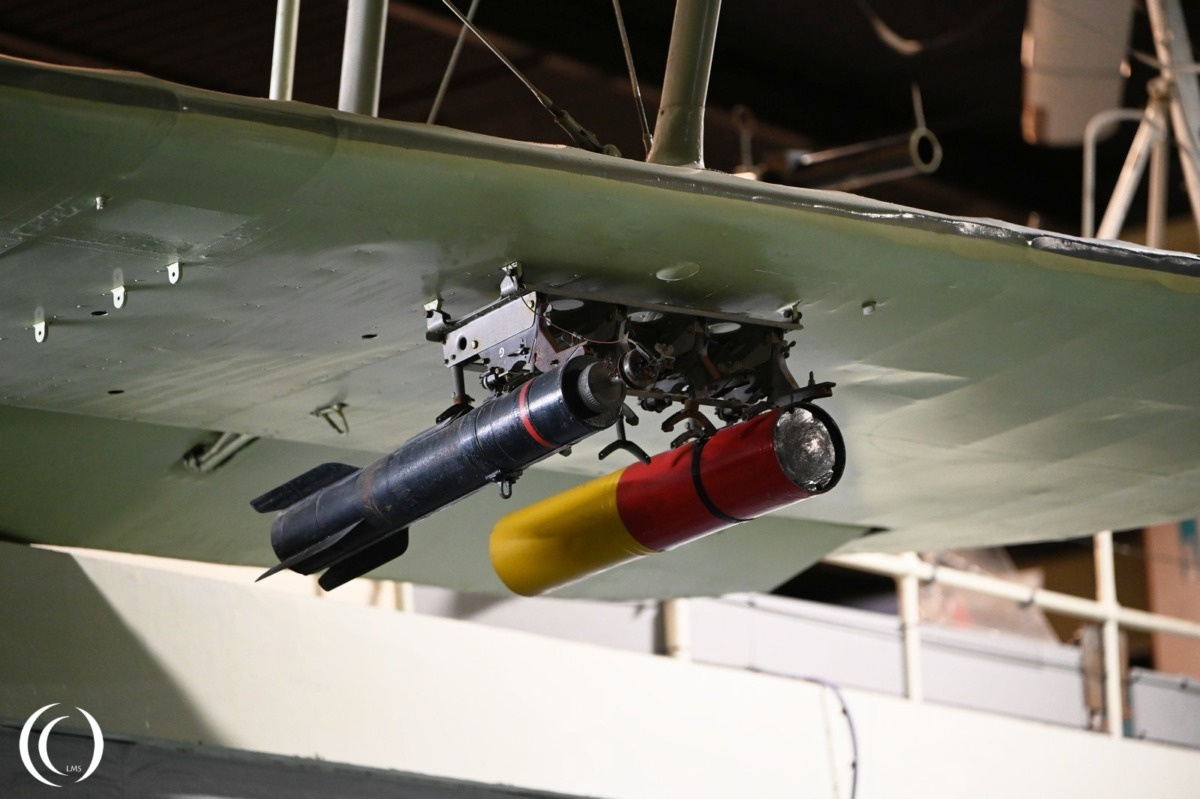
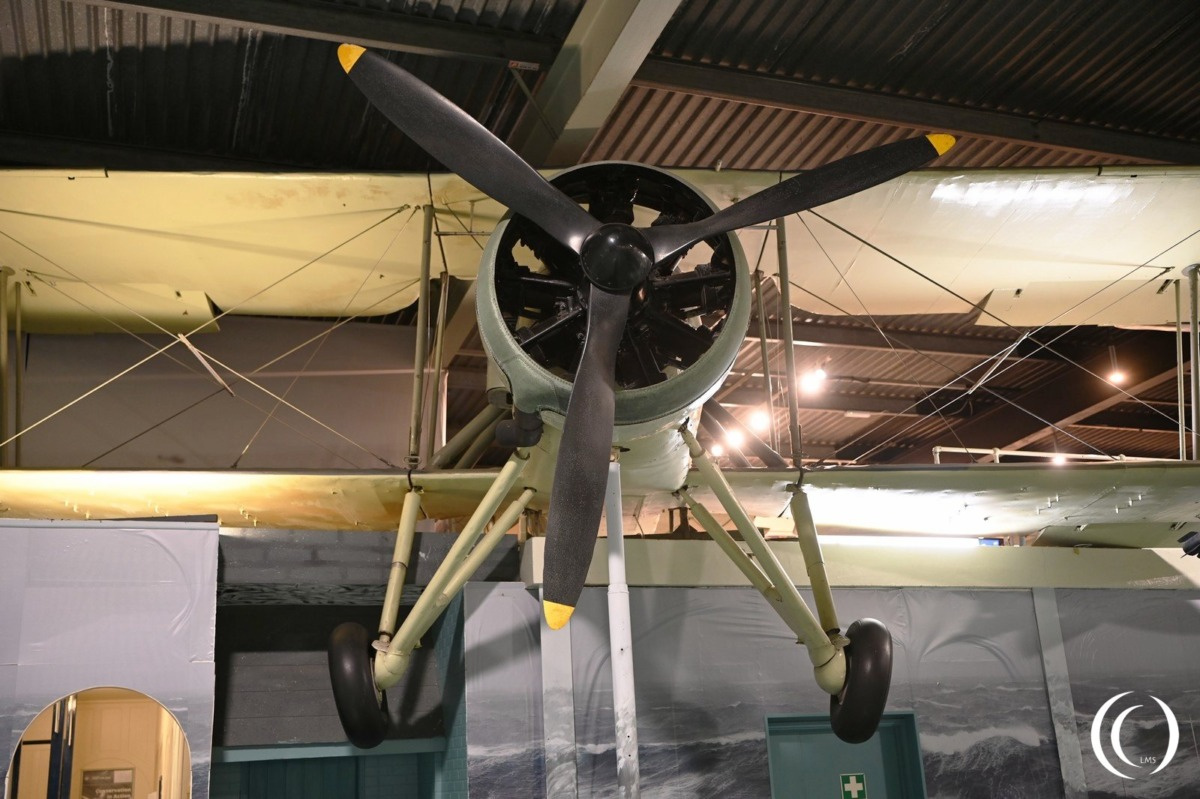
Fairey Swordfish Mk 2
The Fairey Swordfish II with serial number W5984 is a Mk.2 version with metal lower wings enabling the mounting of rockets, introduced in 1943. Its construction number (c/n): HS618.
Following its service, it was used as a ground instructional airframe and eventually preserved for display at the Fleet Air Arm Museum (1962), where it stands today as a significant relic of naval aviation heritage.
